He’s on the last rep, and Jimmy’s face is bright red. He’s pushing so hard, his cheeks are puffing outward, and he looks like he may explode at any moment. “Breathe Jimmy, breathe!” he hears, but all he can focus on is moving the weight. Breathing is the last of his priorities right now.
Many people new to strength training tend to hold their breath as they approach maximal effort. Breathing is typically an action regulated by the autonomic nervous system--it’s automatic. In a light exercise, the breath automatically begins to speed up. The body senses excess carbon dioxide and tries to get rid of it in exchange for oxygen, in turn speeding the breath and increasing the depth of it. Yet in a state of emergency, somehow the natural tendency is to sometimes override the autonomic functions and to focus solely on the task at hand, in this case moving large amounts of weight.
What Breathing Does for Your Health
What’s ironic is that this halt in breathing is actually detrimental to the success of the lift, and it is also a lost opportunity for some of the great health benefits from breathing properly. In fact, one of the primary sources of the health benefits from yoga or meditation may be attributed to the practice of controlled breathing (1).
Another recent study (2) even showed that the immune system can be voluntarily controlled. Two groups (one trained in a particular controlled breathing practice and one untrained) were given a toxic bacteria. The trained group, who used meditation and breathing practices, experienced far less symptoms and recovered faster.
Other Advantages of Breathing Properly
With the right type of breathing, we can increase our mindfulness, understanding the experience of lifting and learning how to cope for the future. We can improve our focus, and give ourselves that extra push at the end of a set. We can even influence our hormones, like epinephrine (adrenaline) and cortisol, which not only helps us during our lift, but triggers a stimulus for all kinds of adaptations after our high-intensity bout. To put it simply, breathing is a crucial tool, especially in the middle of a strength-training session.
Breathe Right for the Situation
Okay, so maybe we should put more focus on our breathing during a lift. But then, naturally the question becomes, how should we be breathing? Typically during heavy lifts, one is taught to breathe in on the eccentric motion (like lowering the bench press), and then breathe out as you push the weight back up (the concentric movement). However, when we’re doing a super slow set as advised in the Platform program, this would require very long breaths in and out, and this becomes a bit impractical in such a high-intensity situation.
With this in mind, the best approach is to breathe deep, with your diaphragm, and fast. This becomes somewhat of a controlled hyperventilation, if you will. Continuous breathing in this fashion increases the state of acute stress during our workout, which is one of the main sources for all the health benefits of exercise. And in addition to all the other benefits already discussed, we can alleviate some of that pressure we’d be experiencing in holding our breath (no one wants a hernia).
So focus on your breathing when you exercise, especially during a high-intensity workout. And let us know how it goes!
In Excellent Health,
Garrett & Luc







